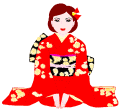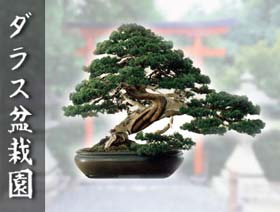|
|
|
.gif) |
|
|
|
|
|
|
|
Sunlight,
half light in summer. Shelter the young foliage
from the wind.
|
|
|
|
|
|
|
|
Everyday
during the whole vegetative season. Try not to
wet the leaves in sunny days, because they
suffer burns. Water it less frequently in
winter, anyway do not let the soil get dry.
|
|
|
|
|
|
|
|
Do
not fertilize it for a month after the opening
of the buds, then once every two weeks until
late summer.
|
|
|
|
|
|
|
|
In
spring, in alternate years until the tree is 10
years old; later when the roots fill in the pot.
Use base mould.
|
|
|
|
|
|
|
|
In
spring, pinch the new shoots to two couples of
leaf buds, using your fingers. Remove just the
big leaves during the whole vegetative season: a
complete trimming operation is not advisable.
|
|
|
|
|
|
|
|
By
fresh seeds in autumn or by stratified seeds in
spring.
|
|
|
|

Suitable
for Formal and Informal Upright, Slanting, Double Trunk,
Common Stump, Group styles. Suitable for mean-big bonsai
specimens.
|
|
|





